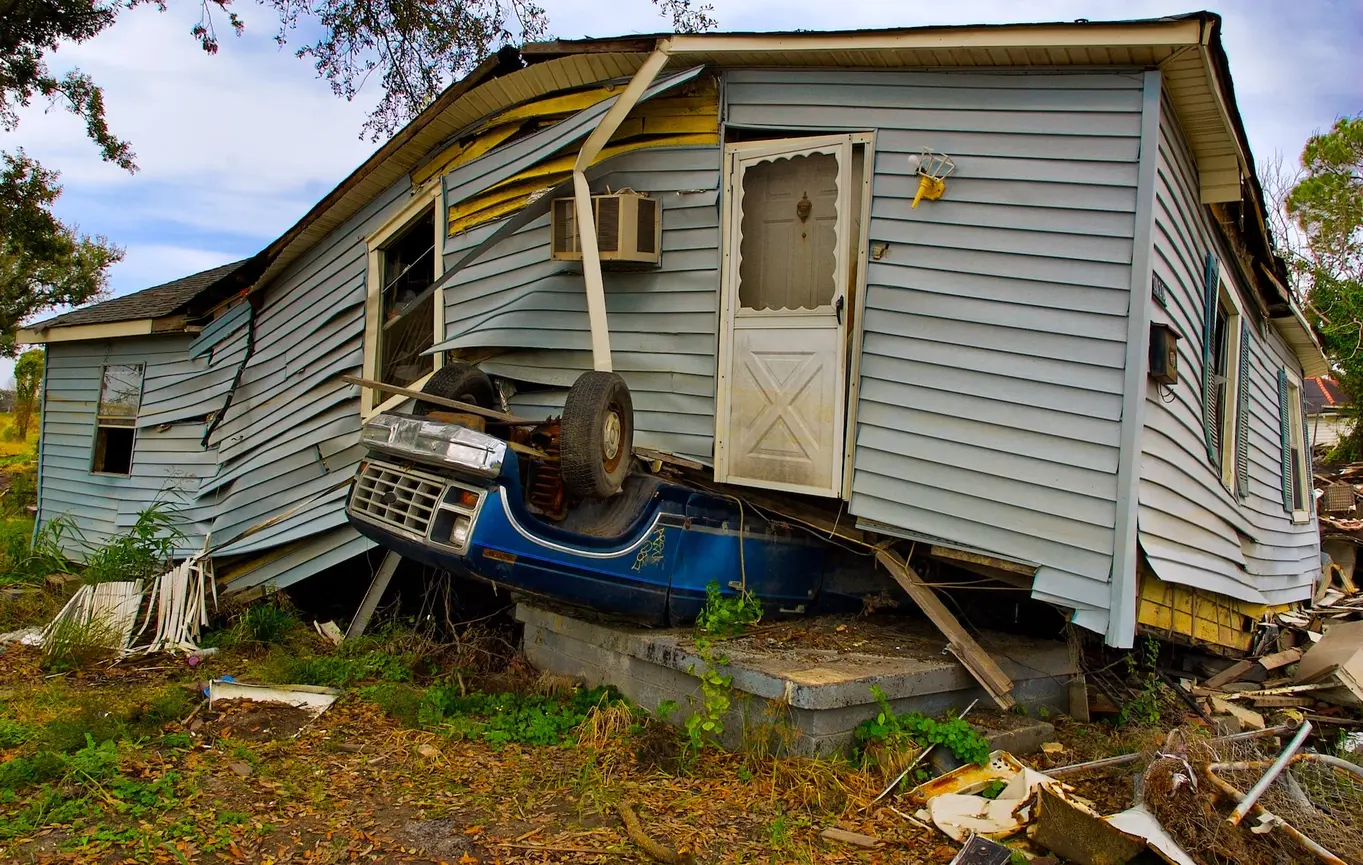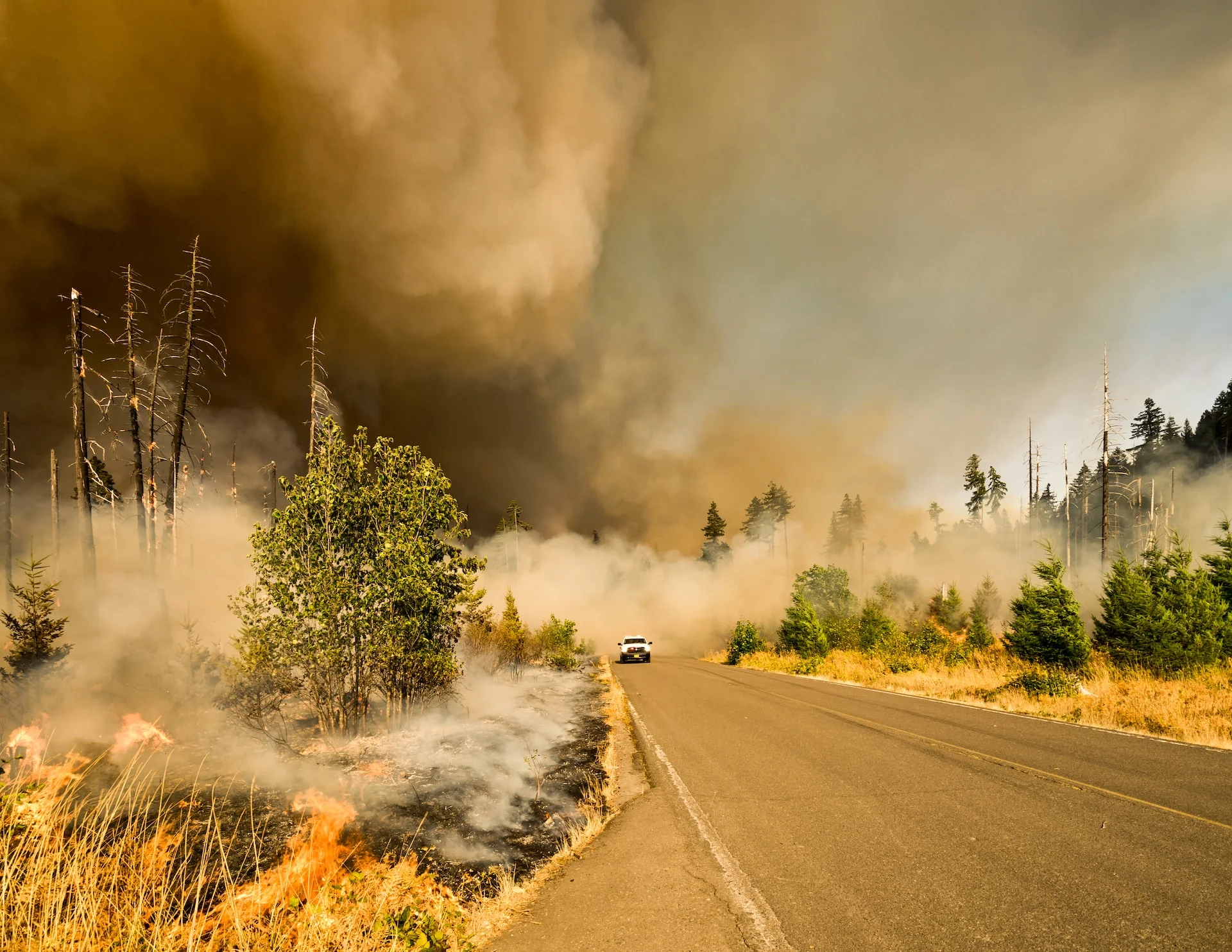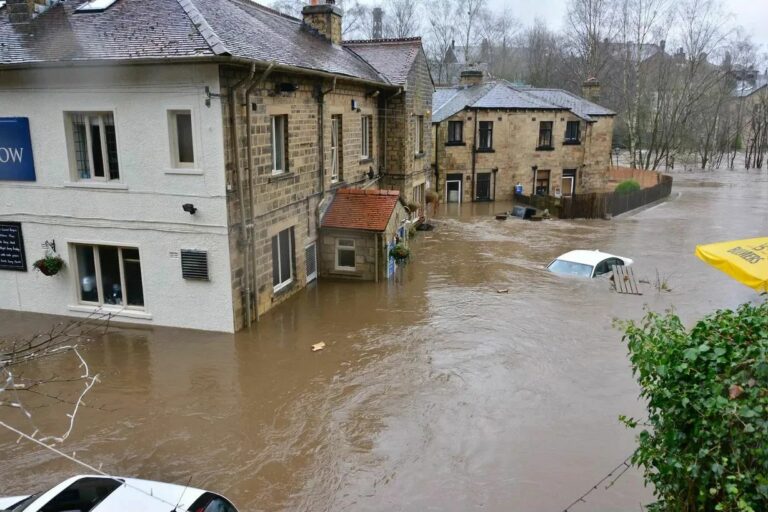In the wake of climate change, natural disasters of all types have become more frequent, and will continue to be in years to come. The last decade has seen a total of $200 billion in damage caused by natural disasters annually around the world. That number demonstrates the importance of emergency preparedness plans and disaster prep in your business. An unexpected natural disaster can have rippling impact on your organization, which is why forethought and a disaster recovery plan are essential.
Table of contents
1. How do natural disasters affect businesses?
1.1. Damaged buildings/infrastructure
1.2. Supply chain interruptions
1.3. Fewer clients
1.4. Loss of employees
2. How can your business prepare for natural disasters?
2.2. Design your disaster response plan
2.3. Implement a disaster recovery plan
3. What are the most common natural disasters?
How do natural disasters affect businesses?
The prevalence of natural disasters leads to millions of dollars lost by affected businesses. These losses result from several areas of an organization that an unexpected disaster could impact.

Damaged buildings/infrastructure
If your business has physical premises, a natural disaster can cause them heavy damage. Property damage can expose vulnerable infrastructure such as a building’s water or energy supply, which you will need to fix before you’re able to reopen the business. Replacing damaged infrastructure isn’t just costly, it’s also a matter of ensuring workplace safety. If your building accommodates customers, infrastructure repairs keep them secure as well.
Supply chain interruptions
Natural disasters in your area don’t only affect you. Surrounding businesses, some of whom are probably part of your supply chain, will also be impacted. Disasters like floods, tornadoes, and earthquakes also damage roads, bridges, and tunnels, leading to delivery shortages. If your business has not put together a disaster plan, you could be forced into hiatus – for example, if your factory depends on external raw materials to produce goods.
Fewer clients
A disaster in your area almost certainly will mean losing customers, as those affected hurry to evacuate. And even if people stay in the area, shopping likely won’t be their first priority. Instead, they’ll be focused on repairing or rebuilding their damaged homes. Whether your customers leave or stay, the fallout of a natural disaster means your business will take a hit.
Loss of employees
Natural disasters put everyone in danger, including your workers. An average of 60,000 people per year die as a result of these events. Particularly those businesses without emergency preparedness plans in place risk losing workers when there is a natural disaster.
And just like your customers, affected workers may choose or be forced to move away in the aftermath of a disaster. Maybe they couldn’t afford to repair their homes, or maybe a depressed economy prompted them to move. Whatever the reason, worker shortages are common after natural catastrophes.
How can your business prepare for natural disasters?
The first step to preparing for a natural disaster is knowing exactly what you should be prepared for. The exact disaster you’re most likely to face depends where your business is located – for example, businesses in California are at greater risk of wildfires and earthquakes, while businesses in Florida would do well to prepare for hurricanes – but there are a number of disaster preparedness steps every business owner can take.
It’s never too early to start disaster planning in your business. A robust procedure for dealing with natural disasters will cover the periods before, during, and after a disaster strikes, because in addition to knowing how to minimize the damage from and react to natural catastrophes, you need a concrete disaster recovery plan.

Get natural disaster insurance
The first thing you should do is almost always get disaster insurance. No matter how well-built your building is or how prepared you are to respond, you’ll sustain damages during a natural disaster. Having good insurance means having help rebuilding or remodeling.
Look for insurance policies that are as clear as possible about what exactly they cover and how much you will still have to pay, so you avoid unpleasant surprises. Finding a good balance between affordability and coverage can be difficult, as less-expensive disaster insurance typically does not cover as much, or requires you to contribute more out of pocket before they do. Certain types of insurances, like flood insurance, are provided by the U.S. government
Design your disaster response plan
There are two main components of a good natural disaster response plan; your disaster procedure and your disaster kit. A disaster procedure means:
- Alerting employees in case of an emergency
- Educating employees on how to stay protected from hazardous materials, such as by providing PPE
- Identifying evacuation routes
- Compiling a list of vendors so you can source materials to rebuild
- Contacting your insurance and filing a claim
In addition to defining the procedure to follow during a disaster, assemble a disaster kit stocked with survival supplies. Generally agreed-upon materials to include here are:
- One gallon of water per person for a minimum of three days
- Non-perishable foods to last at least three days
- A battery-powered radio so you can listen to weather reports
- A flashlight
- A first-aid kit
- Extra batteries
- A whistle to signal for help
- Masks, duct tape, and other PPE
- A can opener
- A physical map
- Garbage bags
The U.S. government also provides a range of checklists sorted by disaster type.
From a business operations standpoint, it’s a good idea to backup all your financial records and important documents, in case of damage. You can do that easily by digitizing them.
Implement a disaster recovery plan
Knowing what to do after a natural disaster is just as important as knowing how to handle yourself during one. Firstly, replenish your disaster kit if you have to. In the aftermath of a catastrophe, ensure you and your employees are safe, then assess the damage caused to your business. Broadly speaking, a disaster recovery plan proceeds as follows:
- Locate all your staff and assess their needs
- Note down damages to your building, equipment, and inventory
- Call your insurance and file claims
- Contact the company helping you rebuild
- Procure any supplies essential for rebuilding
- Communicate your cleanup and reopening schedule
- Inform customers of the status of their orders from before the disaster
- Hurricanes, which are most common in warm coastal regions, usually Florida and the South/East Coast
- Wildfires, which occur in dry wooded areas, most notably California
- Floods, which are the most common natural disaster in the entire U.S., partly because they tend to accompany hurricanes
- Earthquakes, which affect regions situated on fault lines, like California
- Tsunamis, which arise from earthquakes that impact sea levels
- Hailstorms, which are caused by strong winds and debris and most common on the East Coast
- Cyclones/typhoons, which are also caused by strong winds, and are most common in the Gulf Coast and Eastern Seaboard
An essential part of a disaster recovery plan is maintaining your staff; while insurance should help you cover damages caused by a disaster, you may need to take out a loan for help covering employee salaries. This is easier if you’ve maintained a good credit score prior to the disaster.
What are the most common natural disasters?
The most common natural disasters, as stated previously, vary by region. That’s because the varying climates and weather patterns in different parts of the U.S. produce different catastrophic events. Across the entire United States, the most common natural disasters are:
Knowing the most common natural disasters in your area is vital, because it will help you design the most effective disaster survival plan. Preparing yourself for a natural disaster is less stressful with Lumiform. With a wide variety of digital inspection templates and customization options, you can inspect areas of your business to determine where you are most vulnerable if a disaster were to strike, as well as easily create and distribute disaster plan checklists, so your employees will know how to react if necessary.

